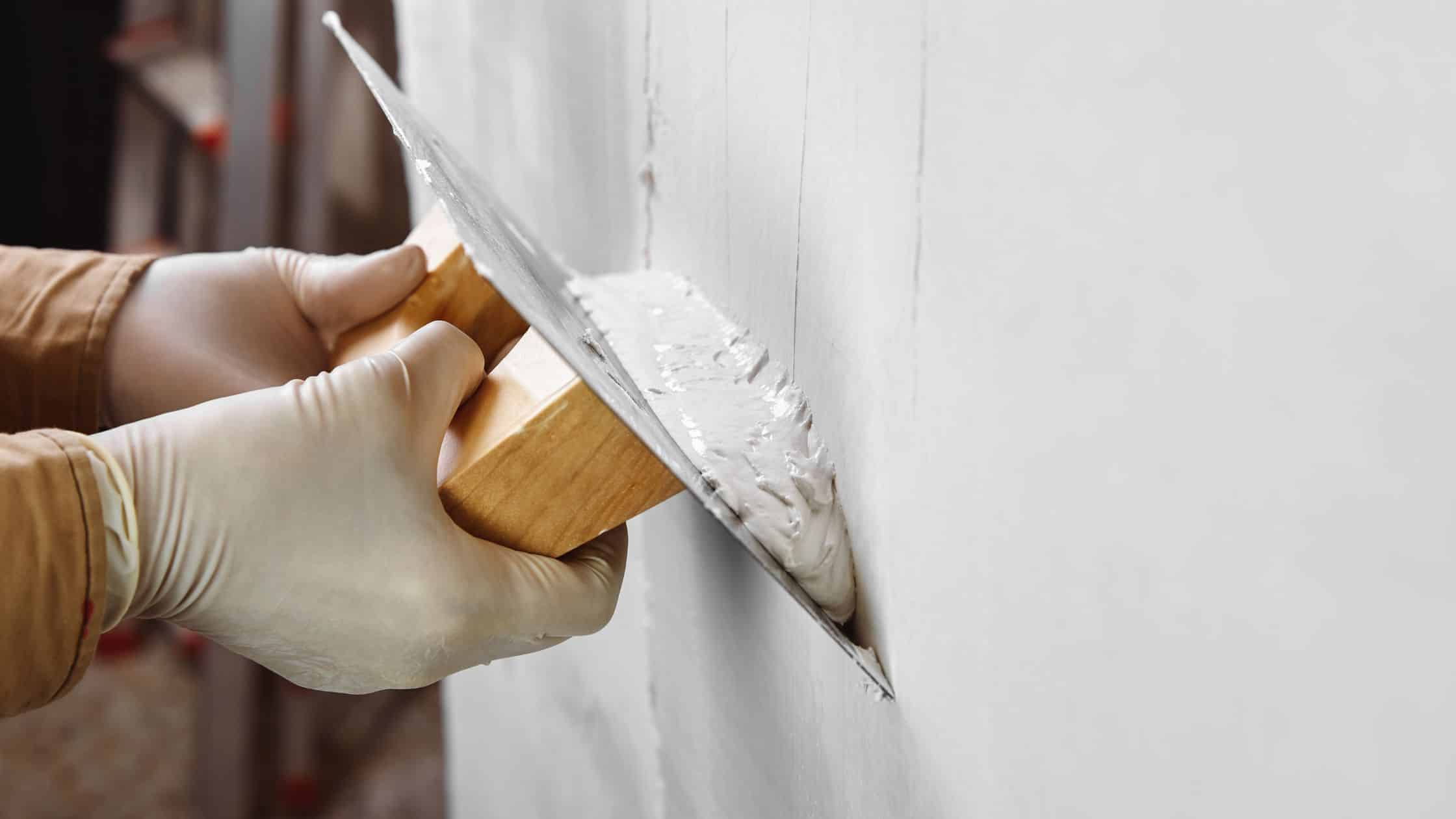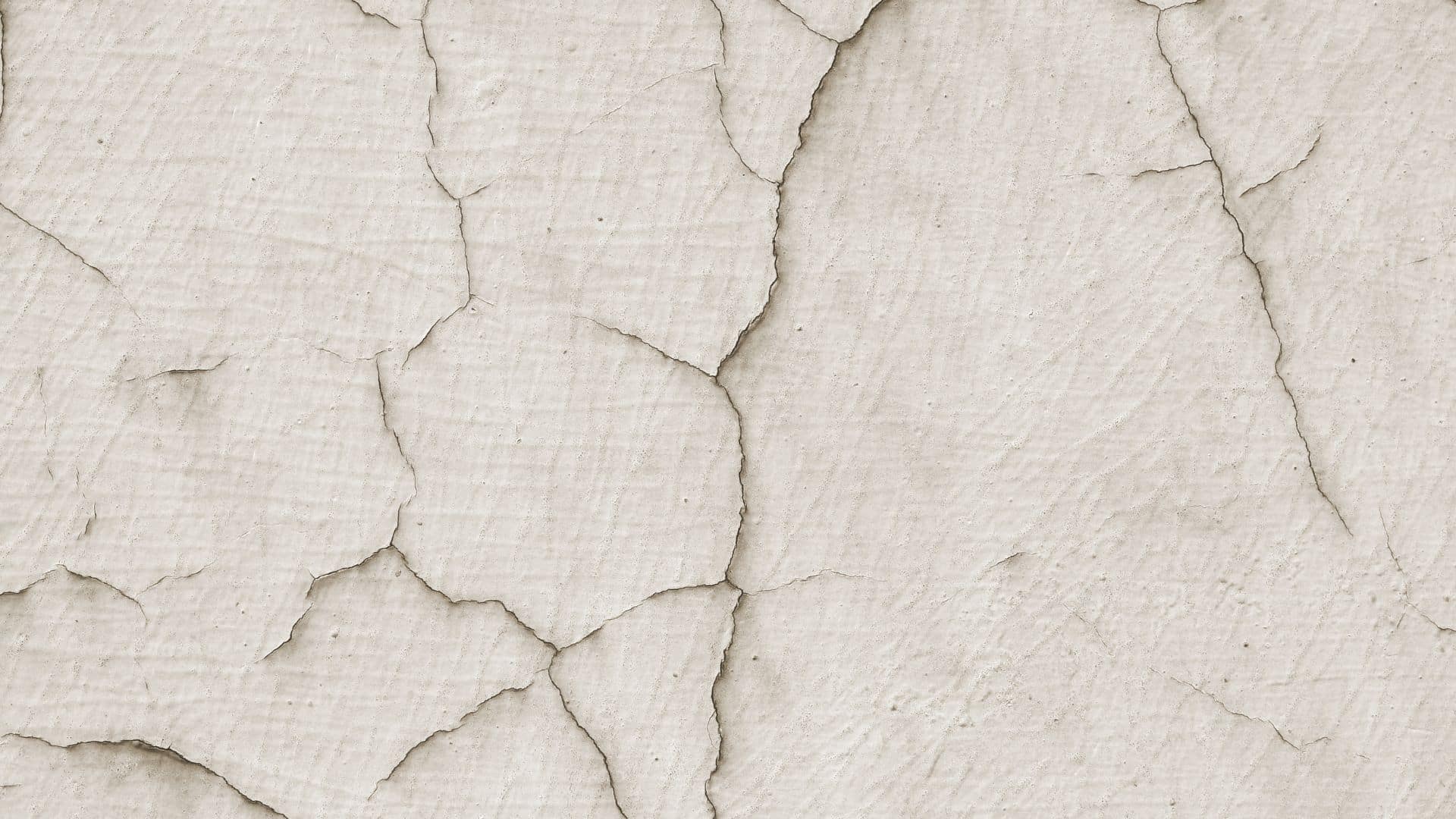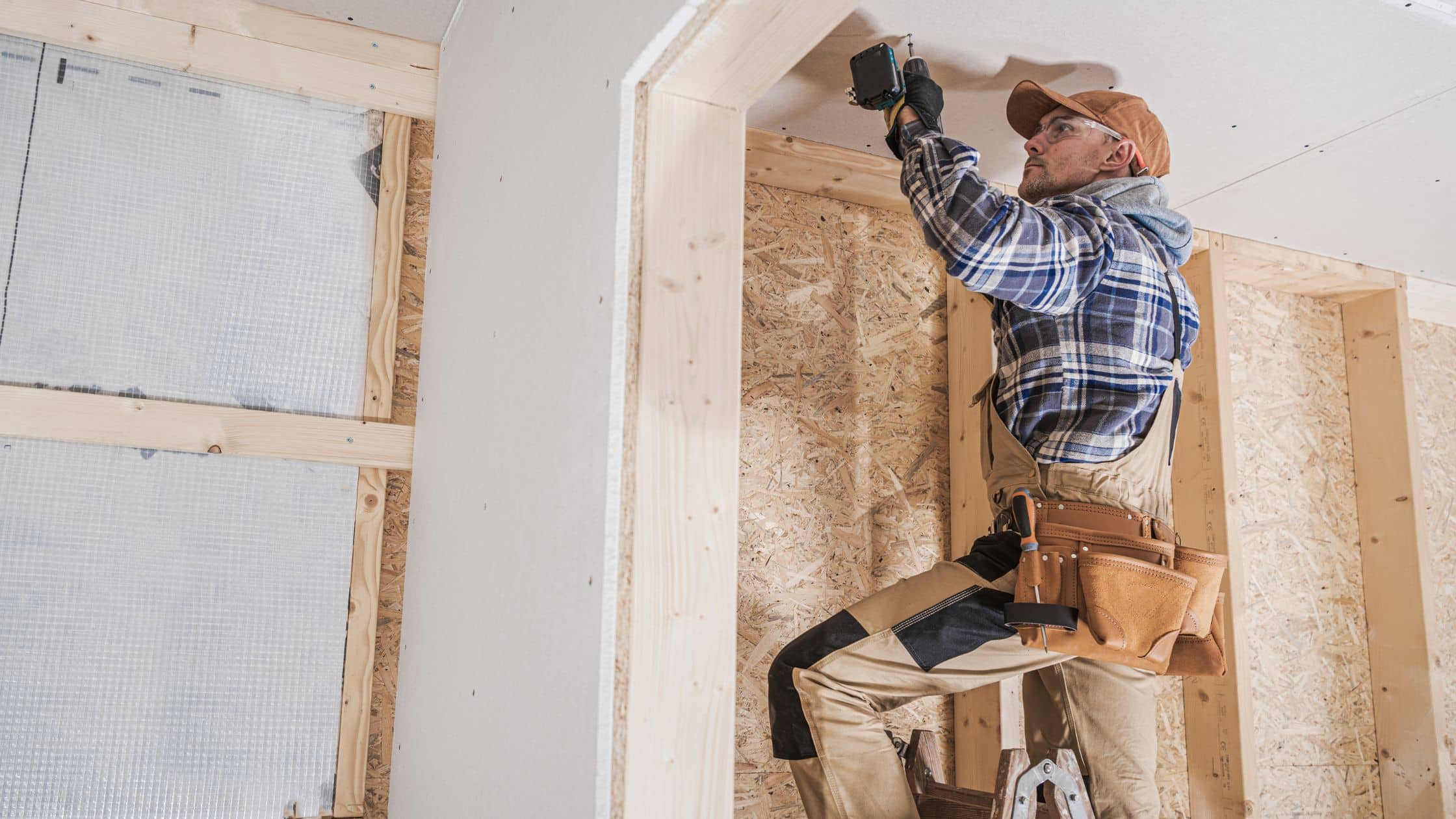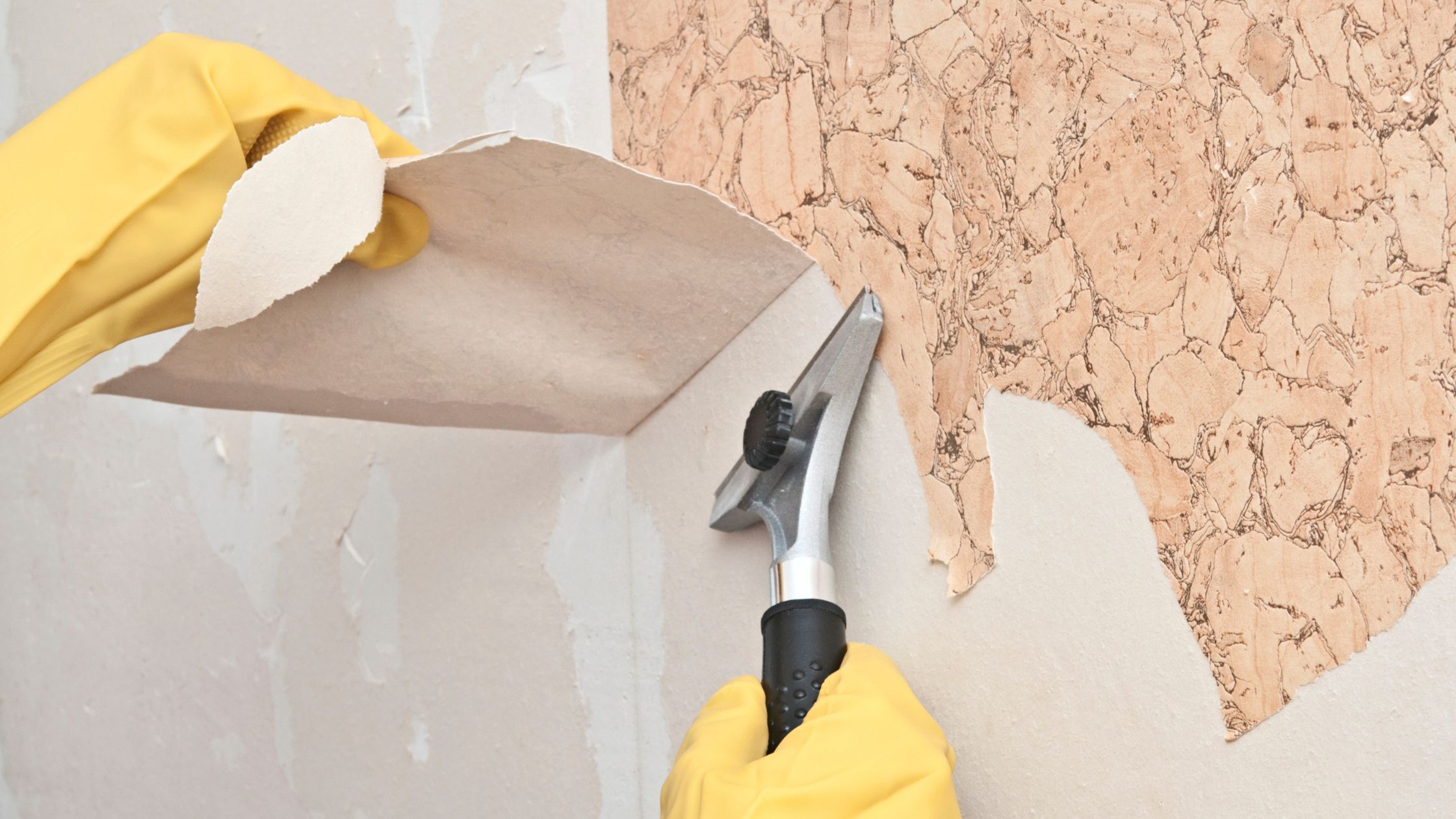
Life happens. Drywall gets dented, cracked, soaked, or poorly patched. Whether it’s a hole from a TV mount, seams that split open, or water damage that needs replacing, we bring the skills to make it look like nothing ever happened.
At Colin Can Help, wall repair isn’t just patching—it’s about restoring the space so it feels clean, solid, and stress-free again. We cut out the damage, patch it properly, and repaint so the repair disappears into the wall.
Whether you’re moving out, getting ready to sell, or just tired of looking at the damage—we’ll make it simple, fast, and done right.

Wall Repair Options:

Wallpaper Removal
We remove old or outdated wallpaper cleanly and prep the surface for a smooth, paint-ready finish—no gouges, glue mess, or stress.
Small Hole Patching
We fix nail holes, screw pops, and anchor damage so cleanly you'll forget they were ever there.
Water Damage Repair
From stains to soft spots, we cut out the ruined drywall and restore it with a clean, paint-ready finish.
Corner & Seam Fixes
Loose tape? Crooked corners? We realign, re-mud, and make it sharp again.
Door Handle & Impact Damage
We fix those classic dents behind doors and high-traffic scuffs that make a room feel worn out.
Our Repair Process:

Diagnosis
We begin by inspecting the damaged area to understand the root cause — whether it’s water damage, settling, old repairs, or simple wear and tear. This ensures we fix the problem, not just the surface.
Prep & Protection
Next, we prep the workspace by removing loose debris, protecting nearby surfaces, and ensuring good ventilation. Clean edges and a safe, controlled work zone set the stage for a seamless repair.
Structural Patching
Using mesh tape, corner bead, or backer boards as needed, we rebuild the damaged section to match the wall’s structure. This foundational step ensures long-term durability — not just a quick cosmetic fix.
Layering & Blending
We apply multiple thin coats of joint compound, carefully feathering the edges to blend with surrounding surfaces. Dry time and sanding between coats give a smooth, paint-ready finish.
Finish Ready
Once the patch is seamless, we prime the area to prevent flashing and ensure uniform paint coverage. If we’re painting too, this step blends the repair invisibly into the room.
READY TO GET STARTED?
SCHEDULE A QUOTE:

 TELL US HOW
TELL US HOW WE CAN HELP



Learn More About Wall Repairs:
Drywall Seam Cracks: Why They Happen and How to Fix Them
Drywall seam cracks are one of the most frustrating wall problems a homeowner can face. You patch them, paint over them, and a few months later—there they are again, like the world’s most annoying magic trick. The good news? With the right tools, prep, and process,...
Drywall Tools Every Homeowner Should Own (And When to Call a Pro)
Whether you're fixing a hole, patching a seam, or blending a repair, having the right tools for drywall makes a huge difference. The job doesn’t have to be fancy—but trying to work without the right basics? That’s where most DIY drywall projects go sideways. Here’s a...
Hairline vs. Structural Cracks in Plaster Walls
Hairline cracks in plaster are usually cosmetic and caused by minor settling or temperature changes. Structural cracks are wider, deeper, and may signal underlying foundation or framing issues. Knowing the difference helps you decide whether it’s a simple patch job or time to call in...
How to Fix a Small Hole in Drywall (The Right Way)
Small holes in drywall are one of the most common repair jobs we come across—and one of the most commonly done wrong. Whether it’s from a door handle, a wall anchor, or a picture hanger gone rogue, patching a hole the right way means you...
How to Know If Your Wall Needs a Full Panel Replacement
If your wall shows signs of sagging, soft spots, recurring moisture issues, or visible mold behind the paint or drywall, it likely needs a full panel replacement. Surface patching won’t resolve deeper structural or moisture damage — especially if it's affecting insulation, framing, or spreading...
How to Match Paint After a Wall Repair (And Actually Make It Blend)
So you’ve patched the hole, feathered the joint compound, sanded it smooth… and now you’re staring at a slightly-too-shiny or not-quite-the-same-color paint patch. Blending paint after a wall repair is where a lot of DIY projects fall apart. It's not just about slapping on the same...
Spackle vs Joint Compound
Short Answer: Spackle is best for small repairs like nail holes, dents, or hairline cracks, while joint compound (also called “mud”) is ideal for larger projects like taping drywall seams or skim coating entire walls. Both can be sanded and painted, but knowing which to...
The Real Cost of Skipping Wall Repairs Before Selling Your Home
When you’re preparing to sell a house, it’s easy to focus on big updates—kitchens, bathrooms, curb appeal. But here’s the truth: buyers notice the little stuff, and nothing quietly kills buyer confidence like scuffed-up walls, unpatched holes, or cracked seams. Skipping wall repairs might save you...
Top 5 Most Common Wall Issues in Older Homes (And How We Fix Them)
Older homes have a lot of charm—but with that character often comes cracked seams, sagging patches, and decades of patch jobs done just well enough to get by. Whether you’ve just moved into a vintage home or are getting one ready to sell, knowing what...
Wallpaper Removal 101: What to Expect and How to Avoid Damage
Removing old wallpaper can feel like peeling back decades of someone else’s bad design decisions—and if you’re not careful, you might peel off your drywall while you’re at it. Whether you’re tackling a single accent wall or an entire room of floral vinyl from 1982, it...








